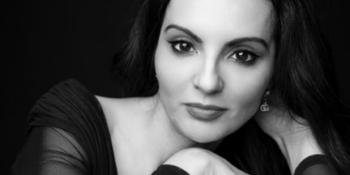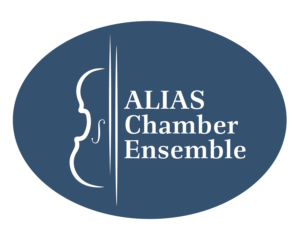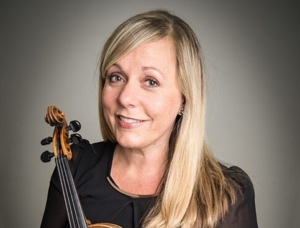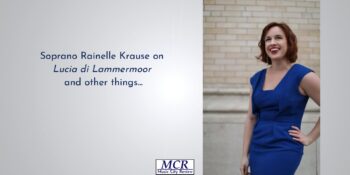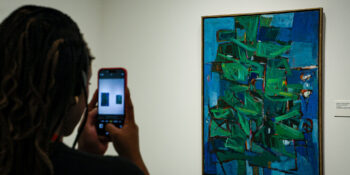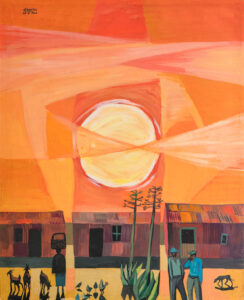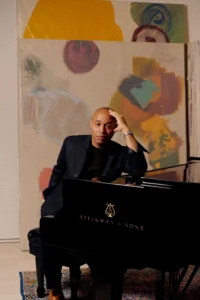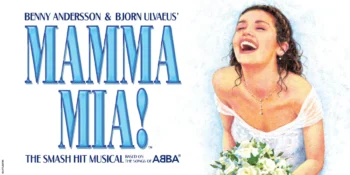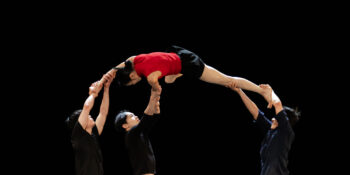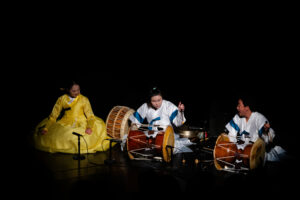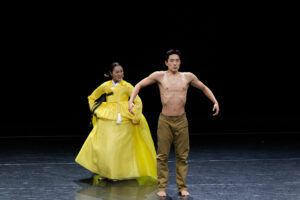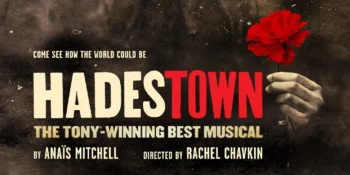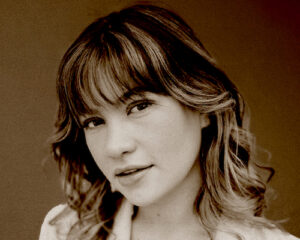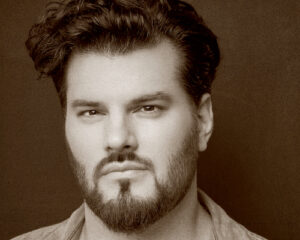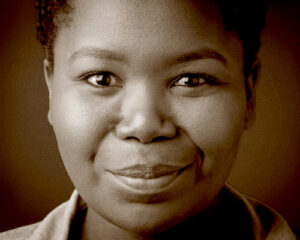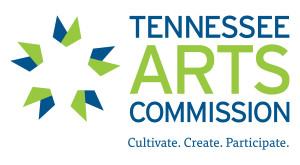Norma y la Reinvención de la Tragedia: Reflexiones desde Florencia
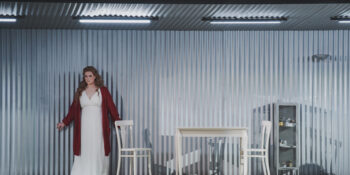
Version in English Here
En la cuna del humanismo cada dimensión del ser se erige en un fascinante balance entre el pasado y la contemporaneidad. La introspección espiritual resuena en acústicas esferas impregnadas de pigmentos y de ambición. La estética se sobrepone a la dicotomía moral y los obstinados lapsos de ingenio desprenden un aroma que distrae a la conciencia. Aunque ajena a la abstracción florentina, la esencia de Norma alberga intricados desafíos internos en su efigie de perfección.
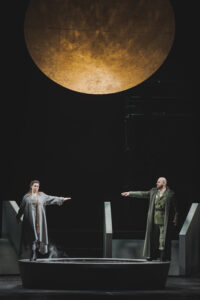
Los días 9,11,16 y 18 de marzo, el Teatro Maggio Musicale Fiorentino (antiguo Teatro Comunale) recibe por sexta vez el montaje de la ópera Norma de Vincenzo Bellini. La moderna maquinaria escénica dio libertad a las vanguardistas aspiraciones del director de escena Andrea De Rosa para que la experiencia visual acentuara las particularidades de la historia. El diseño circular semi inclinado de madera ámbar del auditorio, se integró perfectamente con la representación en bronce de la casta diva cuyo esplendor cubrió al público durante gran parte de la obra. El reloj marcaba las 8 P.M. en punto cuando el espíritu marcial de la obertura se abrió paso en una sólida interpretación de la Orquesta del Maggio Musicale Fiorentino. El telón se levantó revelando a un grupo de soldados camuflados con tan solo sus ojos descubiertos que sometían a los guerreros galos halándolos de sus extensos cabellos. A partir de este momento el entendimiento se separó de la escucha para tratar de descifrar la tan ecléctica representación. El atuendo de las milicias causó estupor; en la incapacidad de comprender inmediatamente esta alegoría, mi subconsciente se sobrecogió ante lo que puede suponer un inminente peligro de deshumanización. Conforme la escena iba avanzando fue posible distinguir que los largos cabellos rubios de las guerreras y guerreros se sujetaban de sus cubrecabezas y de la armadura, respectivamente.
Andrea de Rosa argumenta que su estilo teatral se enfoca en “observar la actualidad desde otros ángulos” y confirma que los soldados modernos representan la ferocidad de milicias como el ejército estadounidense perpetrando torturas en la prisión iraquí de Abu Ghrab. Esta visión contemporánea se combina con rituales arcaicos en una escena siguiente, en la que, vigilados por el enemigo, los galos a través de la danza sumergieron, sacudieron y golpearon los mechones de cabello contra el agua de un pozo que se erigió como altar ceremonial en medio del escenario. La instalación de claroscuro recreó la atmósfera justa para la mítica aria insignia del bel canto, “Casta Diva.” La soprano australiana Jessica Pratt, reconocida por su maestría en este exigente estilo, articuló cada figura con una frescura y propiedad tales que resultaba difícil creer que este fuera su debut como Norma. El público no logró contenerse e irrumpió la exhalación final con un estruendoso aplauso.
Bellini parece entregar muy pronto la joya de su composición; no obstante, la suprema pericia en el desarrollo melódico, donde cada nota está cuidadosamente pensada para potenciar la prosodia del texto, da lugar a una sucesión de arias, duetos y tríos, que son una fábula para los sentidos. El director Michele Spotti complementa esta opinión con que la “música misma es la palabra” y que a través de la conexión instrumental entre cada escena “el drama fluye en una corriente de emociones y sensaciones que mantienen siempre vivo el discurso musical.” En efecto, ese laberinto de pensamientos que atraviesan Norma, Adalgisa y Pollione, contribuye a que la composición se estimule con repentinas transiciones anímicas. Un ejemplo puntual es el recitativo confesional de Pollione (Mert Süngü) y Flavio (Yaozhou Hou) “Svanir Le Voci.” El estilo declamatorio de Bellini suele tener una articulación más versátil para dar variedad a las prolongadas líneas que dedica a Pollione.
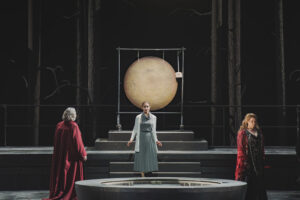
Si el desprendimiento de la pesada cubierta del pozo que en su lento ascenso fue encarnando la sustancia del satélite natural, parecía ser el efecto más impactante del montaje, el inicio de la séptima escena fue aún más insospechado. El escenario se eleva hasta la mitad, revelando en las profundidades la habitación de un búnker amoblado y protegido con dos puertas de seguridad a los lados. Dos columnas dividen el espacio en tres secciones, separando las distintas secuencias teatrales y musicales que ocurren simultáneamente. En el primer cuadrante, un camarote alberga a una niña y un niño en pijama, que retozan y duermen. Norma, ahora luciendo un atuendo doméstico, reafirma la coexistencia de dos universos. El personaje de Clotilde (Elizaveta Shuvalova) está enteramente comprometido con proteger a los infantes del caos familiar y no pierde oportunidad para estrecharlos y acariciarlos. Un exceso de afecto que roza lo empalagoso. Sin embargo, los niños buscan este contacto, extendiendo sus abrazos a cada personaje presente.
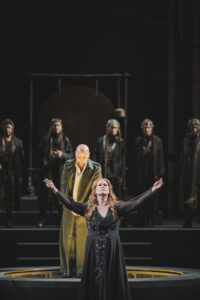
Andrea de Rosa recrea este sobrecogedor lienzo para evidenciar que, independientemente de la época, los niños han sido víctimas de crisis intrafamiliares y de la guerra, condenados al aislamiento y al encierro. Fue desgastante presenciar en segundo plano a dos criaturas atrapadas en la monotonía, cuyos altibajos emocionales reflejaban los dilemas de su madre. A pesar de la zozobra, Bellini entrega duetos inspiradores como “Mira o Norma.” La elaborada y cristalina homofonía entre Norma y Adalgisa (Maria Laura Lacobellis) desplegó un resplandor prismático en medio del lúgubre recinto. Posteriormente Pollione encara su falta y se une a la discusión femenil en complicidad melódica con la orquesta.
La introducción al segundo acto ya no tiene un tono marcial, y la sentida melodía de los cellos vaticina una despedida. El escenario regresa al universo de los galos, pero la cuántica introduce un nuevo elemento surrealista: un arsenal de pistolas y fusiles para enfrentar a las milicias. Norma también reemplaza la daga de la historia por un arma de fuego. Sin embargo, no aparece con ella en el búnker con la intención de apagar la vida de sus hijos, un detalle que humaniza aún más al personaje en esta versión. El altar se transforma en una hoguera abstracta, y los mechones de cabello vuelven a participar como símbolo ceremonial antes de convertirse en lazos que amordazan a Norma y Pollione en su sacrificio mortal. La monumental polifonía del final en la que las líneas de Oroveso (Riccardo Zanellato) y el coro se entrelazan suplicantes soportadas por el contundente anuncio de los cornos y la percusión, nos gratifica con la última sorpresa teatral. El escenario se eleva nuevamente y las paredes del búnker están recubiertas de ansiosos garabatos infantiles y palabras como “casa” y “mamma.” Recostada sobre este elocuente muro, yace la niña en un deseo infructuoso de liberarse y a unos pasos su hermano, en conjunto estado de locura.
Un público familiarizado con la pureza del repertorio italiano estalló en ovaciones para el reparto, el coro y la orquesta. La atemporalidad del montaje y la creatividad en la escenografía y el vestuario, se tradujeron en una exhibición de impecable diseño. Michele Spotti custodió cada nota para que la esencia romántica permaneciera impoluta, y la orquesta encauzó cada dinámica y cada fraseo en amplia excelencia.
From Our Far-flung Correspondents Series:
Norma and the Reinvention of Tragedy: Reflections from Florence
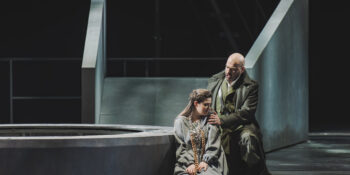
Versión en español aquí
In the cradle of humanism, every dimension of being erects in a fascinating balance between the past and contemporaneity. Spiritual introspection resonates within acoustic spheres infused with pigments and ambition. Aesthetics overlap the moral dichotomy, and obstinate lapses of ingenuity release an aroma that distracts the conscience. Though foreign to Florentine abstraction, Norma‘s essence harbors intricate internal challenges in its effigy of perfection.
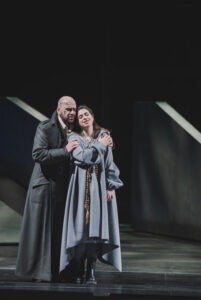
On March 9, 11, 16, and 18, the Teatro Maggio Musicale Fiorentino (formerly Teatro Comunale) welcomes the sixth staging of Vincenzo Bellini’s Norma. The modern stage machinery granted free rein to the avant-garde aspirations of stage director Andrea De Rosa, ensuring that the visual experience heightened the nuances of the story. The auditorium’s semi-inclined circular design, crafted from amber-toned wood, blended seamlessly with the bronze representation of the casta diva, whose splendor enveloped the audience for much of the performance. At precisely 8:00 p.m., the martial spirit of the overture emerged in a solid performance by the Orchestra del Maggio Musicale Fiorentino. The curtain rose, revealing a group of soldiers, their faces concealed except for their eyes, subjugating the Gaul warriors by yanking their long hair. From that moment, comprehension detached itself from listening, seeking to decipher this eclectic representation. The attire of the militia provoked astonishment; in the immediate inability to grasp this allegory, my subconscious was overwhelmed by the looming specter of dehumanization. As the scene unfolded, it became clear that the warriors’ long blonde hair was secured to their helmets and armor.
Andrea De Rosa asserts that his theatrical approach focuses on “observing the present from other angles” and confirms that the modern soldiers symbolize the brutality of military forces, such as the U.S. army perpetrating torture in Iraq’s Abu Ghraib prison. This contemporary vision merges with archaic rituals in a subsequent scene, where under the enemy’s watchful gaze, the Gauls, through dance, submerge, shake, and strike their locks against the water of a well—an altar-like centerpiece on stage. The chiaroscuro installation conjured the perfect atmosphere for the mythical bel canto signature aria, “Casta Diva”. Australian soprano Jessica Pratt, renowned for her mastery of this demanding style, articulated each figure with such freshness and precision that it was hard to believe this was her Norma debut. The audience could not restrain themselves and interrupted the final exhalation with thunderous applause.
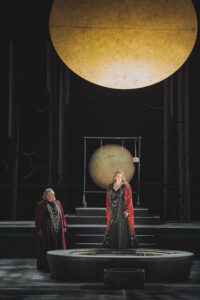
Bellini seems to present the jewel of his composition quite early; however, his supreme skill in melodic development—where each note is meticulously crafted to enhance the text’s prosody—gives way to a succession of arias, duets, and trios that become a fable for the senses. Conductor Michele Spotti complements this idea, asserting that “the music itself is the word” and that through the instrumental connection between each scene, “the drama flows in a current of emotions and sensations that keep the musical discourse perpetually alive.” Indeed, the labyrinth of thoughts traversing Norma, Adalgisa, and Pollione fuels the composition’s emotional transitions. A prime example is the confessional recitative between Pollione (Mert Süngü) and Flavio (Yaozhou Hou), “Svanir Le Voci.” Bellini’s declamatory style often displays a more versatile articulation, offering variety to the extended lines he dedicates to Pollione.
If the slow ascent of the well’s heavy cover—gradually embodying the substance of the natural satellite—seemed to be the most striking stage effect, the start of the seventh scene was even more unexpected. The stage rose halfway, unveiling the depths of a furnished bunker-like room protected by two security doors on either side. Two columns divided the space into three sections, separating the simultaneous theatrical and musical sequences. In the first quadrant, a bunk bed housed a girl and a boy in pajamas, frolicking and sleeping. Norma, now dressed in domestic attire, reaffirmed the coexistence of two worlds. The character of Clotilde (Elizaveta Shuvalova) was entirely devoted to shielding the children from familial chaos, seizing every opportunity to embrace and caress them—an excess of affection bordering on saccharine. Yet, the children sought this closeness, extending their arms to every character present.
Andrea De Rosa paints this shocking tableau to illustrate that, regardless of the era, children have been victims of both domestic crises and war, condemned to isolation and confinement. It was exhausting to witness two little beings trapped in monotony in the background, their emotional fluctuations mirroring the mother’s turmoil. Despite this anguish, Bellini delivers stirring duets like “Mira o Norma.” The elaborate and crystalline homophony between Norma and Adalgisa (Maria Laura Lacobellis) cast a prismatic glow amid the somber setting. Later, Pollione confronts his transgressions and joins the female discourse in melodic complicity with the orchestra.
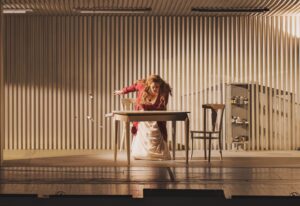
The introduction to the second act sheds its martial tone, and the cellos’ poignant melody foreshadows a farewell. The stage returns to the Gaul universe, but quantum dimensions introduce a surreal element: an arsenal of pistols and rifles to face the militia. Norma also replaces the historical dagger with a firearm. However, she does not wield it in the bunker with the intention of extinguishing her children’s lives—an alteration that further humanizes her character in this rendition. The altar morphs into an abstract pyre, and the locks of hair once again serve as ceremonial symbols before transforming into bindings that tether Norma and Pollione to their mortal sacrifice. The monumental polyphony of the finale in which the lines of Oroveso (Riccardo Zanellato) and the choir intertwine, pleadingly supported by the forceful announcement of the horns and percussion, gratifies us with the last theatrical surprise. The stage rises once more, revealing the bunker’s walls covered in anxious children’s doodles and words like casa (home) and mamma. Resting against this eloquent mural, the girl lies in a futile yearning for freedom while her brother, a few steps away, is lost in a state of madness.
An audience well-versed in the purity of the Italian repertoire erupted in ovations for the cast, the choir, and the orchestra. The timelessness of the staging and the creativity of the scenery and costumes resulted in an impeccably design exhibition. Michele Spotti safeguarded each note to ensure the romantic essence remained pristine while the orchestra channeled every dynamic and phrasing with boundless excellence.

